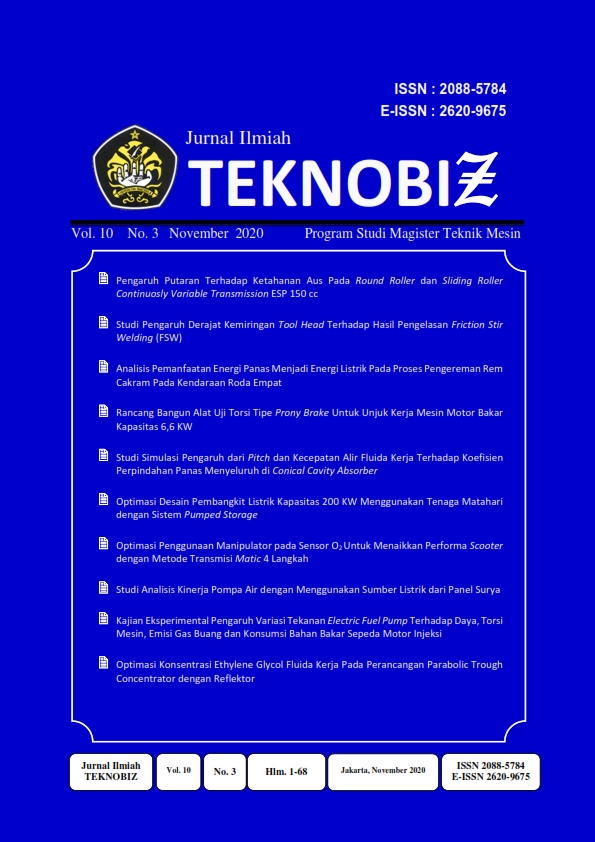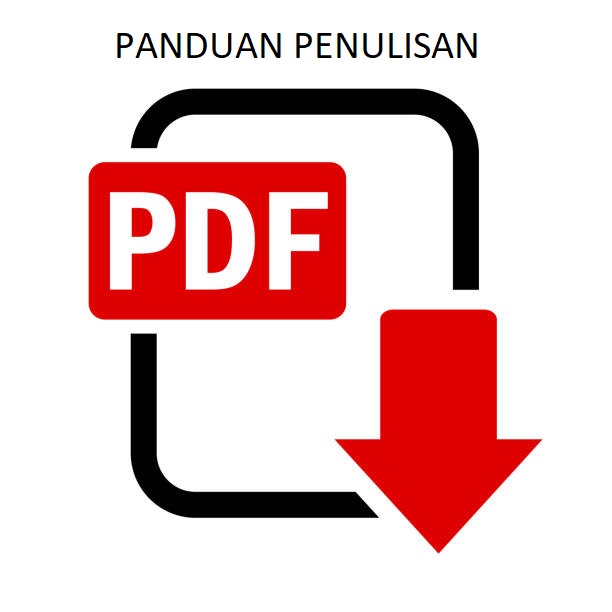Studi Pengaruh Derajat Kemiringan Tool Head Terhadap Hasil Pengelasan Friction Stir Welding (FSW)
DOI:
https://doi.org/10.35814/teknobiz.v10i3.1757Keywords:
Industry, Welding, Tool HandAbstract
Aluminum and its alloys are non-ferrous metals which are widely used in the shipping industry because aluminum is a lightweight metal, has a relatively high tensile strength and good corrosion resistance. Friction-stir Welding (FSW) is a welding that is widely used on thin aluminum plates. The heat input of the FSW welding is affected by the degree of tilt of the head tool to the material. This study aims to determine the optimal degree of slope in FSW welding. The parameters used in this study are 1500 rpm rotational speed, 1.33 mm / s welding speed with the same material thickness of 4mm and the type of connection used by lap joint refers to the AWS standard. In this study, the tool head tilt variation is 0o, 1o, 2o and 3o and the effect on the welding results. The results of the study show that welding with a slope angle of 0 ° and 1 shows visible defects or undercut defects caused by overheating when welding. The results of welding with a degree of slope 2 show the results of welding is good at the beginning of welding, but in the middle of welding visible defect undercut. Tilt angle welding shows the best results with no visible defects due to welding. The results showed that visually the results of welding with a slope angle 3 degree had the best results. This was due to the heat input on the welding with the head tool tilt not excessive so there was no visual defect.





















